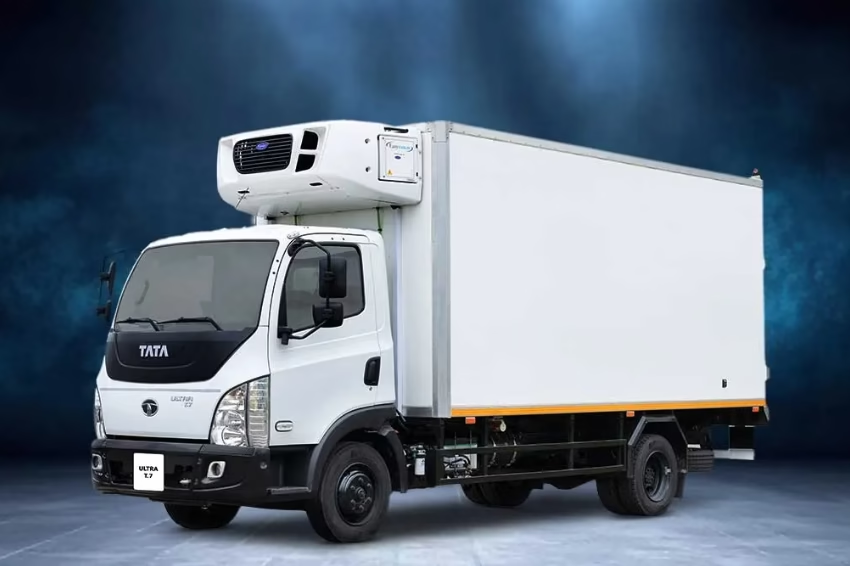The present pandemic may have negatively impacted the manufacturing industry. As a result, manufacturers are encountering multiple issues. However, specific potential opportunities have also presented themselves, which can amplify the growth of manufactures. By following particular practices, manufacturers can tackle the current disrupting situations and grow their businesses.
As per a recent manufacturing survey done with 215 senior leaders of manufacturing-related firms, around 90% of them state that pandemic has negatively impacted their business. However, more than 95% believe that pandemic has also presented new opportunities in front of them.
Without a doubt, it can be said that the manufacturing industry is deeply affected by the impact of COVID-19. It can be challenging for businesses, even with a roadmap, to effectively tackle the unpredictable aspects of the outbreak, which has restricted traveling, closed schools, disrupted supply chain, etc.
Whether a manufacturer is trying to remain open or accommodate the volume of new orders, the procedure to attain growth should be the same. Because in the end, any notable change in business can derail operations and personnel leading to uncertainty. It would be wise of manufacturers to change course from reactive to proactive and strategize a fruitful blueprint of “adoptability.”
Significant Issues Being Faced by the Manufactures Amid Uncertainty
Searching and Retaining Labor
The COVID-19 has further boosted the shortage of skilled workers in the United States. As of today, in the present situation, manufacturers are still searching for motivated and skilled workers for the job.
Coming to retention, keeping seasoned staff in today’s testing time where workers are continuously making potential moves to improve their salary and perks can be difficult.
Complying with Changing Laws
New laws are introduced, and old laws are amended every year. Therefore, one must make sure they keep up with the changing regulations to ensure they don’t commit any violation.
Upscaling with Rising Demand
Even while sailing through a pandemic, some of the manufacturers are facing two issues related to demand:
- Having so much demand that they need to upscale things.
- Demand-driven manufacturing is affecting essential company goals.
Increasing Capacity
Encountering so much demand that one needs to enhance the capacity can lead to decisions like shifting to a new facility or upscaling your existing one.
Demand-Driven Manufacturing
Manufacturers are just concentrating on work based on orders given by their existing customers. This provides little time or resources to focus on other essential initiatives.
Challenges for Hinder Growth
- Cost of new equipment
- The expense of acquiring new customers
- The necessity of developing a new facility
- Difficulties in introducing a second shift.
Tax-Related Issues
Firstly, it’s the job of your CPA to keep you prepared for any tax-related issues. But, not all CPAs are well equipped with respect to the problems of the manufacturing industry. This is why you should cautiously choose your CPA. To ensure that they have enough industry experience, offer a wide range of services, and provide optimum manufacturing accounting services.
It’s essential to take a look at some year-end tax tips for manufacturers:
- The tax provisions in the CARES Act provide refunds from income taxes paid previously and aid in reducing the tax liability for the future to maintain ongoing operations.
- There are several new or revised deductions that businesses can apply for in the Tax Cuts and Job Act.
- Changes in laws related to depreciation can affect the tax situation of your business.
- Few new and revised tax credits are available for businesses.
- Due to this year’s CARES Act, the R&D Tax Credits have increased in significance.
Implementing Automation
The COVID-19 pandemic has clearly showcased to us that now is a vital time to start exploring ways to implement automation technologies as employees can’t tackle multiple roles.
Software Integration
It is not incorrect to say that investing in machinery and people can directly impact a businesses’ efficiency. However, the importance of software should also be considered. The right software ensures seamless operations, whether it’s project management, payroll, or quoting software. Things to do while looking for software:
- Analyze the software you are using currently and compare it with your business requirements.
- Research the features and the cost of the software you are looking to acquire.
- Make sure the new software can be integrated without any issues with your current systems.
Tackling Global Competition
Whether your competition uses cheaper labor from offshore or modern technologies, there are always certain aspects that make the world feel smaller each year. Three main concerns are:
- Hidden expenses of low prices
- Shipping and returns
- Global supply base
Increase in Reshoring
Businesses are redrafting their global manufacturing tactics. As per the Reshoring Institute, “companies will increase their participation in reshoring activities in the upcoming years as a result of rising foreign wages, rise in steel, aluminium, and electronic components tariffs, and reconsiderations of the total ownership cost.”
Manufacturers must build an efficient strategy to encounter the unexpected to leverage opportunities in the hours of uncertainty.
Converting Responsiveness into a Growth Mindset
Manufacturers have been adopting agility, whether as a response to steel tariffs of 2002, lean principles to tackle the Great Recession’s impacts, or the most recent, the safety of employees due to the ongoing pandemic and disruptions caused in buying cycles and supply chains.
Building a strategic blueprint for “adoptability” needs a methodology, like the Future State Optimization Program. This program starts with the assessment for clarifying the present state and includes a SWOT analysis (strength, weakness, opportunities, and threats) and developing a flexible roadmap, which carefully breaks down how a manufacturer should move ahead and why. A significant consideration is whether the current environment is temporary or permanent. The procedure can make the future less challenging.
The analysis must include essential elements of the business model, like:
- Management
- Customers/ Clients
- Facility
- Operations
- Workforce
Situations Provide Alternatives and Cause for Urgency
Manufacturers can make sure that their plans are efficient by building specific scenarios for each essential element from their analysis and improvising as per the situation. What can be the impact and its response, if:
- A key staff member leaves
- A customer increases orders, or a new big customer is acquired
- A supplier or access to a specific material is lost.
- The demand for a core product increases or decreases.
This practice locates potential difficulties and ways by which businesses can overcome them. It also develops a mindset among the company’s stakeholders with respect to the need to adjust and respond to changing demand and market situations.
Proactive, Agile Manufacturers Will Have Openings
Manufacturers continue to withstand the effects of the pandemic with resilience. Many of them have a positive outlook as they have implemented ways to ensure that their staff remains employed. However, as the aftermath of the pandemic is fading away, now is the perfect time to search for ways of attaining growth. Therefore, manufacturers must stay proactive in order to receive opportunities.
Conclusion
To attain business growth in times of uncertainty, manufacturers must prepare their businesses for any potential hindrance or challenge. For instance, develop plans of action in case there is another shutdown, resignation of employees, or any other problem. They must stay proactive so they can quickly respond to a crisis or prevent it.






